Companion parrots can form deep emotional connections with their human families, offering decades of friendship, amusing conversations, and charming antics. However, creating a strong bond requires time, patience, and understanding of parrot psychology. These intelligent birds don’t automatically become lifelong companions—they need consistent positive interaction, respect, and loving care. A well-bonded parrot becomes not just a pet but a cherished family member who trusts you completely. This comprehensive guide will walk you through the essential aspects of creating and maintaining that special connection with your feathered friend for their entire life.
Understanding Parrot Psychology

Parrots are highly social creatures with emotional intelligence comparable to a young child, allowing them to form complex bonds with their human caregivers. In the wild, they would typically mate for life and maintain strong flock connections, transferring these natural bonding instincts to their human families in captivity. Their remarkable capacity to read human emotions means they quickly pick up on your moods, responding positively to consistency and negatively to unpredictable behavior. Understanding that parrots don’t think like dogs or cats is essential—they require specialized approaches that honor their unique psychology, including their need for mental stimulation, socialization, and emotional security. This fundamental understanding forms the foundation for all successful bonding techniques.
Starting Off Right: The First Weeks Together

The initial weeks with your new parrot establish the foundation for your lifelong relationship, making patience and gentle approaches essential during this critical period. Begin by placing the cage in a busy area of your home where the bird can observe family activities without feeling overwhelmed, helping them understand they’re part of your “flock.” Resist the urge to handle your parrot immediately; instead, spend time quietly sitting near the cage, speaking in soft tones, and allowing them to become accustomed to your presence and voice. Offer treats through the cage bars without forcing interaction, letting the bird approach you on their terms when they feel comfortable. Remember that a newly rehomed parrot may take between two weeks and several months to acclimate fully, depending on their species, age, and previous experiences with humans.
Creating Trust Through Consistent Handling

Developing trust through proper handling forms a cornerstone of your relationship with your parrot, requiring thoughtful, consistent approaches that respect the bird’s boundaries. Always move slowly and predictably around your parrot, avoiding sudden gestures that might trigger their prey instincts and cause fear. When beginning physical interaction, start with brief, positive sessions, gradually increasing duration as your bird shows comfort with being touched and held. Target training—teaching your parrot to touch their beak to a designated target stick—provides an excellent foundation for handling, as it gives the bird control over the interaction while building confidence. Pay close attention to your parrot’s body language; dilated pupils, raised feathers, or backing away indicate discomfort, signaling you should ease back and try again later with a gentler approach.
Communicating Effectively With Your Parrot

Communication serves as the bridge connecting you and your feathered companion, extending far beyond teaching them to mimic words. Parrots are remarkably attuned to vocal tone and consistency, responding better to clear, calm speech patterns they can recognize and associate with positive experiences. Establish a special “parrot voice”—slightly higher in pitch and enthusiastic—that you use consistently during pleasant interactions, helping your bird distinguish playful, bonding times from regular household conversation. Many experienced parrot owners develop unique sounds, words, or phrases that signal specific activities, such as a particular whistle before mealtime or a special greeting when uncovering the cage each morning. Remember that communication goes both ways—learning to recognize your parrot’s vocalizations, from content chirping to warning squawks, demonstrates respect for their attempts to connect with you and strengthens your mutual understanding.
Establishing Daily Bonding Routines

Consistent daily routines provide security for parrots while creating multiple opportunities for meaningful interaction that deepens your bond. Set aside dedicated “parrot time” each day—ideally at the same times—when your bird receives your undivided attention for at least 30 minutes, separate from basic care tasks like feeding or cage cleaning. Morning routines might include a cheerful greeting while uncovering the cage, followed by some gentle conversation while preparing their breakfast, establishing a positive tone for the day. Evening sessions often work well for longer interactions like training, playing, or simply allowing your parrot to perch near you while you read or watch television. Many successful parrot guardians incorporate their birds into appropriate family activities, such as supervised dinner time where the parrot has its own place at the table with suitable foods, reinforcing their status as a valued family member rather than just a pet.
The Power of Positive Reinforcement

Positive reinforcement represents the most effective method for teaching behaviors while simultaneously strengthening your emotional connection with your parrot. This approach focuses on rewarding desired behaviors immediately with something the bird values—typically a favorite treat, enthusiastic praise, or a head scratch for birds that enjoy physical affection. The timing of the reward proves crucial; deliver it within seconds of the desired behavior to help your parrot make the connection between their action and the positive outcome. Consistency matters tremendously in this process, as parrots quickly become confused if a behavior earns rewards sometimes but not others, potentially leading to frustration that damages trust. Never resort to punishment or negative reinforcement techniques such as spraying with water or loud noises, as these methods destroy trust and create fear rather than cooperation, potentially causing long-term behavioral problems that damage your relationship.
Target Training as a Bonding Tool

Target training serves as an exceptional starting point for parrot training because it builds confidence while creating a foundation of trust between you and your bird. The process involves teaching your parrot to touch their beak to a target object (typically a small stick with a colored tip) in exchange for a reward, giving them agency in the interaction while establishing clear communication. Begin by presenting the target near your parrot without forcing interaction, simply rewarding them with praise and a treat when they show curiosity by looking at or moving toward it. Once they understand touching the stick earns a reward, you can gradually increase the distance they need to move to reach the target, building confidence in following your guidance. This simple technique creates a positive feedback loop where your parrot learns to trust your instructions lead to pleasant outcomes, forming the basis for more complex training while strengthening your emotional connection through successful shared experiences.
Enrichment Activities That Strengthen Bonds

Mentally stimulating activities not only prevent boredom-related behavioral issues but also create opportunities for meaningful interaction that deepens your relationship with your parrot. Puzzle toys that you work on together, hiding treats for your bird to discover while you offer encouragement, create shared experiences that parrots find deeply satisfying and associate positively with your presence. Teaching new tricks or behaviors through short, fun training sessions demonstrates your commitment to communication while giving your intelligent bird the mental challenges they crave. Many parrots particularly enjoy music-based enrichment, such as dancing together to their favorite songs or learning to play simple instruments like bells or small drums that you can play along with. Even seemingly mundane activities like sorting colorful objects or exploring new textures can become bonding experiences when approached with enthusiasm and shared attention, reinforcing your status as the provider of interesting experiences rather than merely basic necessities.
Understanding and Respecting Boundaries

Respecting your parrot’s individual preferences and comfort zones demonstrates that you value their autonomy, building trust that forms the foundation of a secure bond. Pay close attention to your bird’s body language during interactions, noting when they show signs of overstimulation such as rapid eye movements, feather ruffling, or attempting to move away from contact. Different parrot species and individuals have varying preferences for physical contact—some enjoy extensive cuddling and head scratches while others prefer more limited touching focused on specific areas like the head or neck. Creating a “safe zone” in your home where your parrot can retreat without being pursued or handled gives them control over their experience and prevents the development of fear-based responses to your approach. Remember that a parrot’s preferences may change over time or vary with different circumstances, requiring ongoing observation and respect rather than assuming past preferences will remain constant throughout your relationship.
Navigating the Hormonal Years

Sexual maturity brings challenging hormonal behaviors that can temporarily strain your bond if not handled with understanding and appropriate modifications to your interaction style. During these periods, which typically occur seasonally, your previously sweet companion may become territorial, aggressive, or excessively fixated on certain family members as potential mates, requiring thoughtful management rather than punishment. Reduce potential hormonal triggers by maintaining a consistent 12-hour sleep schedule in a completely dark environment, removing nest-like objects such as boxes or tents from the cage, and avoiding petting anywhere except the head and neck (as back stroking can be sexually stimulating for birds). Continue positive interactions but adjust your expectations during these phases, understanding that your parrot isn’t “being bad” but experiencing powerful biological drives they cannot control. With patience and appropriate environmental management, most parrots navigate these hormonal periods without permanent damage to your relationship, often returning to their usual friendly behaviors when hormone levels normalize.
Health Care as a Trust-Building Opportunity

Routine health maintenance presents valuable opportunities to build trust when approached as cooperative experiences rather than stressful confrontations. Begin acclimating your parrot to health-related handling from the earliest days of your relationship by gently touching their feet, wings, and beak during positive interaction sessions, paired with treats and praise. Teach cooperative behaviors like voluntarily stepping onto a scale for weighing or accepting nail trims while properly restrained, using positive reinforcement to create associations between these necessary procedures and pleasant outcomes. Regular home health checks conducted in a calm, matter-of-fact manner—examining the bird’s eyes, nostrils, beak, and vent while offering reassurance—help your parrot become comfortable with handling that mimics veterinary examinations. Finding an avian veterinarian who understands the importance of low-stress handling, and visiting them occasionally for positive experiences like weigh-ins without procedures, helps prevent your parrot from associating the vet exclusively with frightening or painful experiences that could damage their trust in you as their protector.
The Role of Diet in Behavior and Bonding

Proper nutrition dramatically influences your parrot’s mood, energy levels, and receptiveness to bonding activities, making diet management an indirect but powerful factor in relationship building. A balanced diet centered on high-quality pellets supplemented with fresh vegetables, limited fruits, and occasional healthy proteins provides the stable blood sugar and essential nutrients needed for optimal brain function and emotional regulation. Many companion parrot species evolved eating a variety of foods found through social foraging, making shared mealtimes powerful bonding opportunities when you prepare and offer new foods together or eat appropriate shared items from your own plate. Reserve certain special treats exclusively for training sessions or bonding activities, creating positive associations between these interactions and highly valued foods that aren’t available at other times. Avoid high-sugar foods that can cause energy spikes and crashes or excessive amounts of fatty seeds like sunflower that may contribute to mood swings, instead focusing on nutrient-dense options that support consistent, positive behavior patterns conducive to learning and social interaction.
Maintaining Bonds Through Life Changes

Long-lived parrots will inevitably experience significant changes in their human family’s circumstances, requiring thoughtful transitions to preserve the trust and security that form the foundation of your bond. When introducing new family members, whether partners, children, or roommates, manage introductions gradually with positive associations, having the new person offer favorite treats and respect the bird’s pace for accepting interaction. During significant disruptions like moving homes, maintain as many familiar routines as possible while providing extra reassurance through increased one-on-one time and favorite activities that reinforce your consistent presence amid change. For unavoidable separations like hospitalizations or travel, arrange care with people your parrot already knows when possible, leaving detailed instructions about the bird’s preferences and routines to minimize disruption. Many companion parrots can maintain strong bonds despite reasonable periods of separation, but benefit enormously from video calls where they can hear your voice and see your face, helping bridge gaps until reunited with their preferred human companion.
The Lifetime Commitment: Planning for Decades Together

Forming a lifelong bond with a parrot means embracing a commitment that potentially spans 20-80 years depending on species, requiring forethought about how your relationship will evolve through different life stages. Create a comprehensive care plan documenting your parrot’s preferences, behaviors, medical history, and dietary needs, updating it regularly to serve as a guide for alternate caregivers if you’re temporarily unavailable or as part of your long-term estate planning. Consider the practical aspects of aging together, potentially transitioning to lighter-weight bird species as you grow older or modifying your home to accommodate both your parrot’s needs and your own changing physical capabilities. Many responsible parrot guardians establish trust funds or specific provisions in their wills for their birds’ continuing care, recognizing that these intelligent creatures form attachments comparable to human family bonds and deserve similar consideration in life planning. The extraordinary privilege of sharing decades with a sentient being who chooses to connect with you brings incomparable rewards that justify the thoughtful preparation required for truly lifelong companionship.
Conclusion

The journey of bonding with a companion parrot represents one of the most unique and rewarding relationships available between humans and animals. These intelligent, emotionally complex creatures offer a form of companionship that combines the playfulness of a perpetual toddler with the emotional depth of a lifelong friend. By committing to understanding parrot psychology, respecting their individual needs, and creating consistent positive experiences together, you build a foundation of trust that can withstand the inevitable challenges of decades-long companionship. The joy of having a parrot who genuinely chooses your company, finds comfort in your presence, and communicates in ways unique to your relationship makes the considerable investment of time and emotional energy worthwhile. Remember that the strongest bonds develop not from forcing interaction but from creating an environment where your parrot feels safe, respected, and valued—the essential ingredients for a truly lifelong connection.





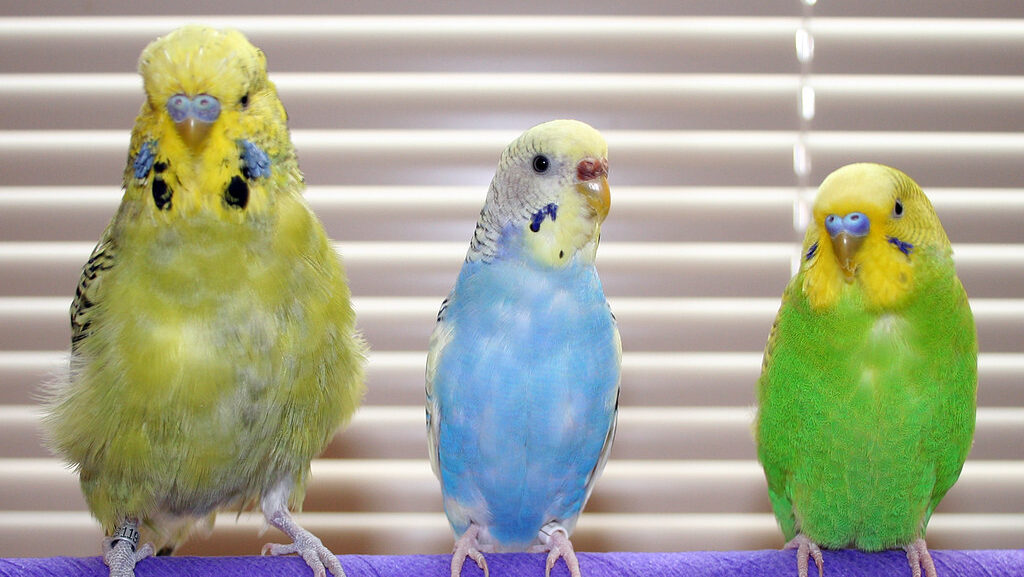
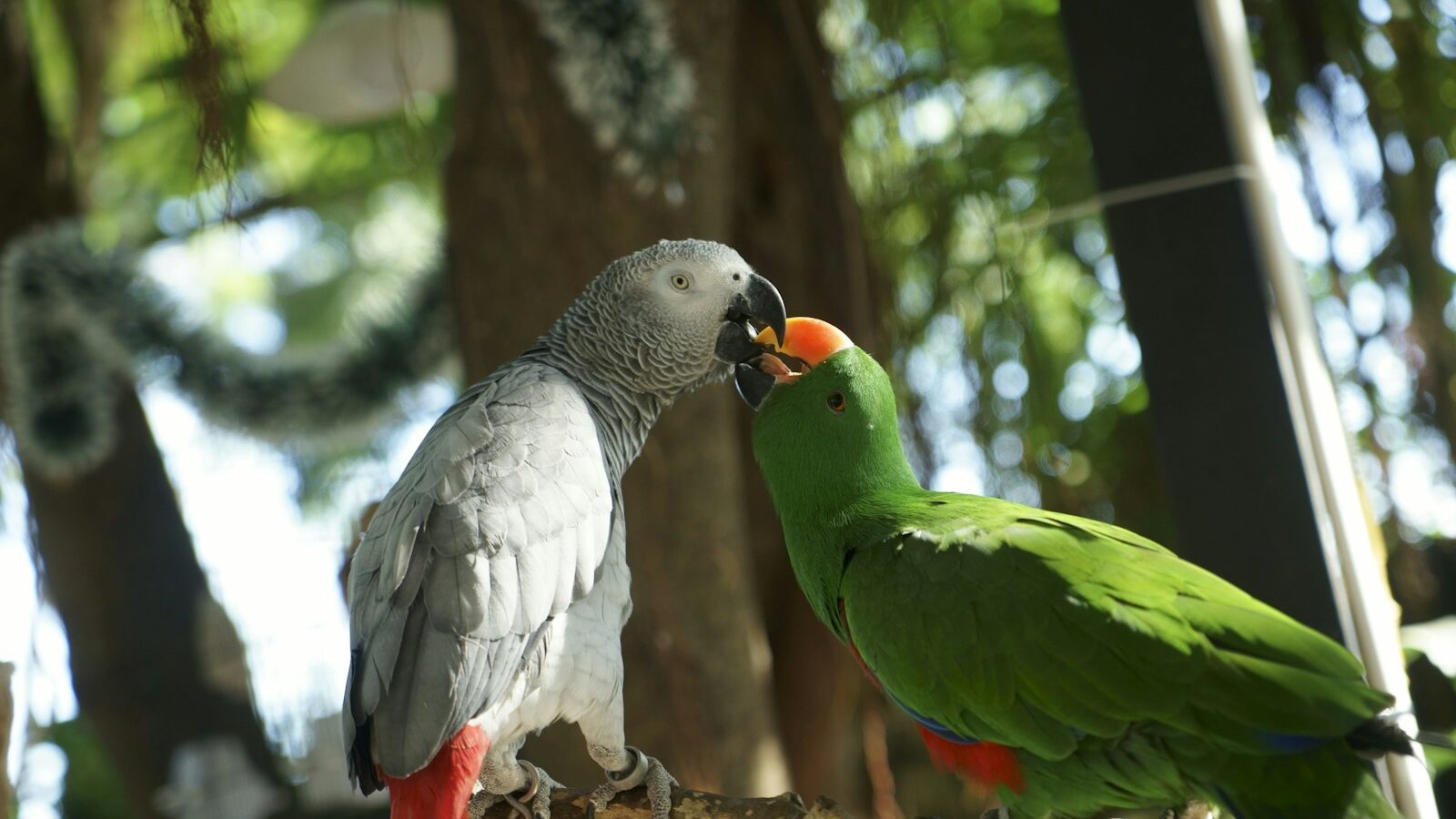

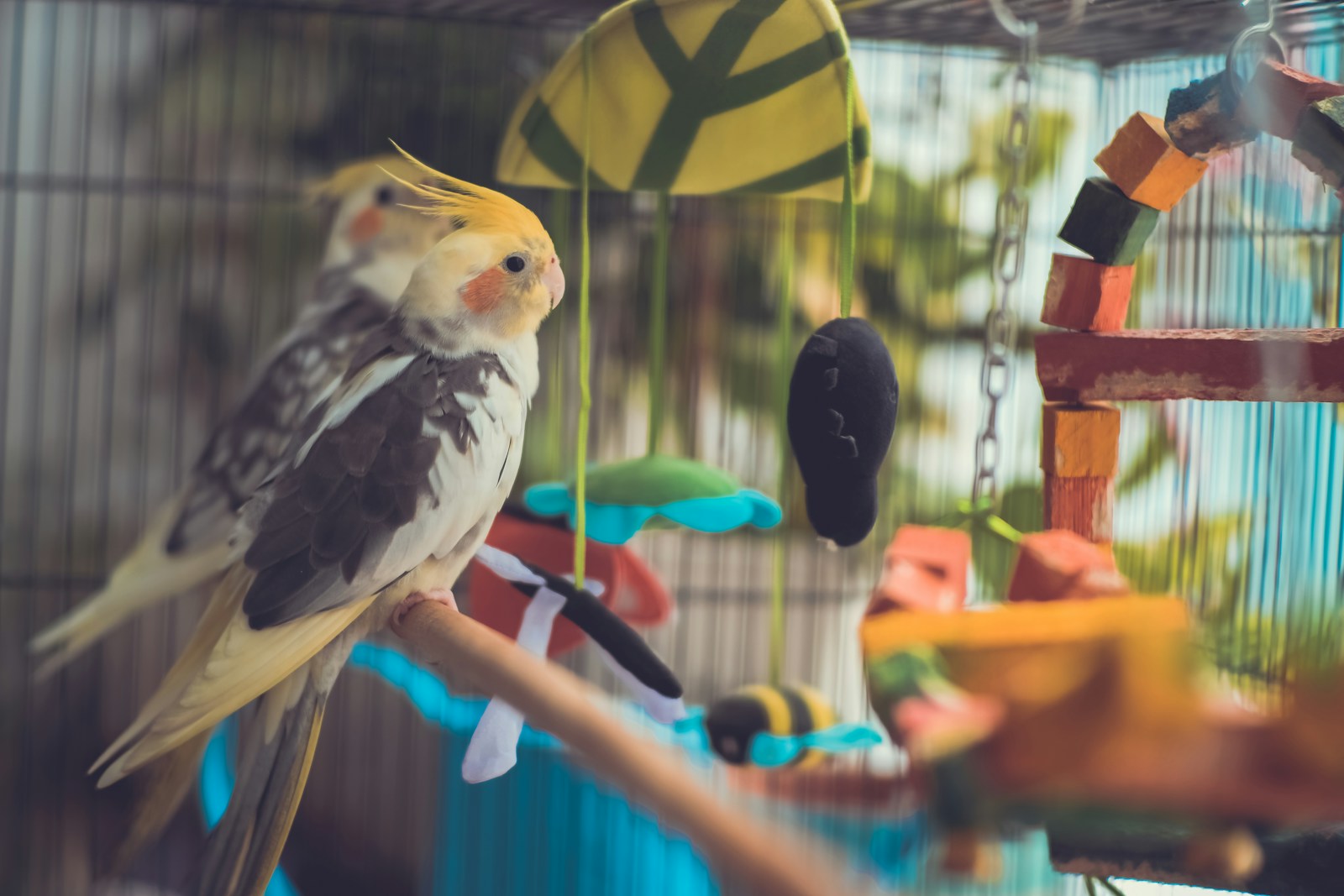
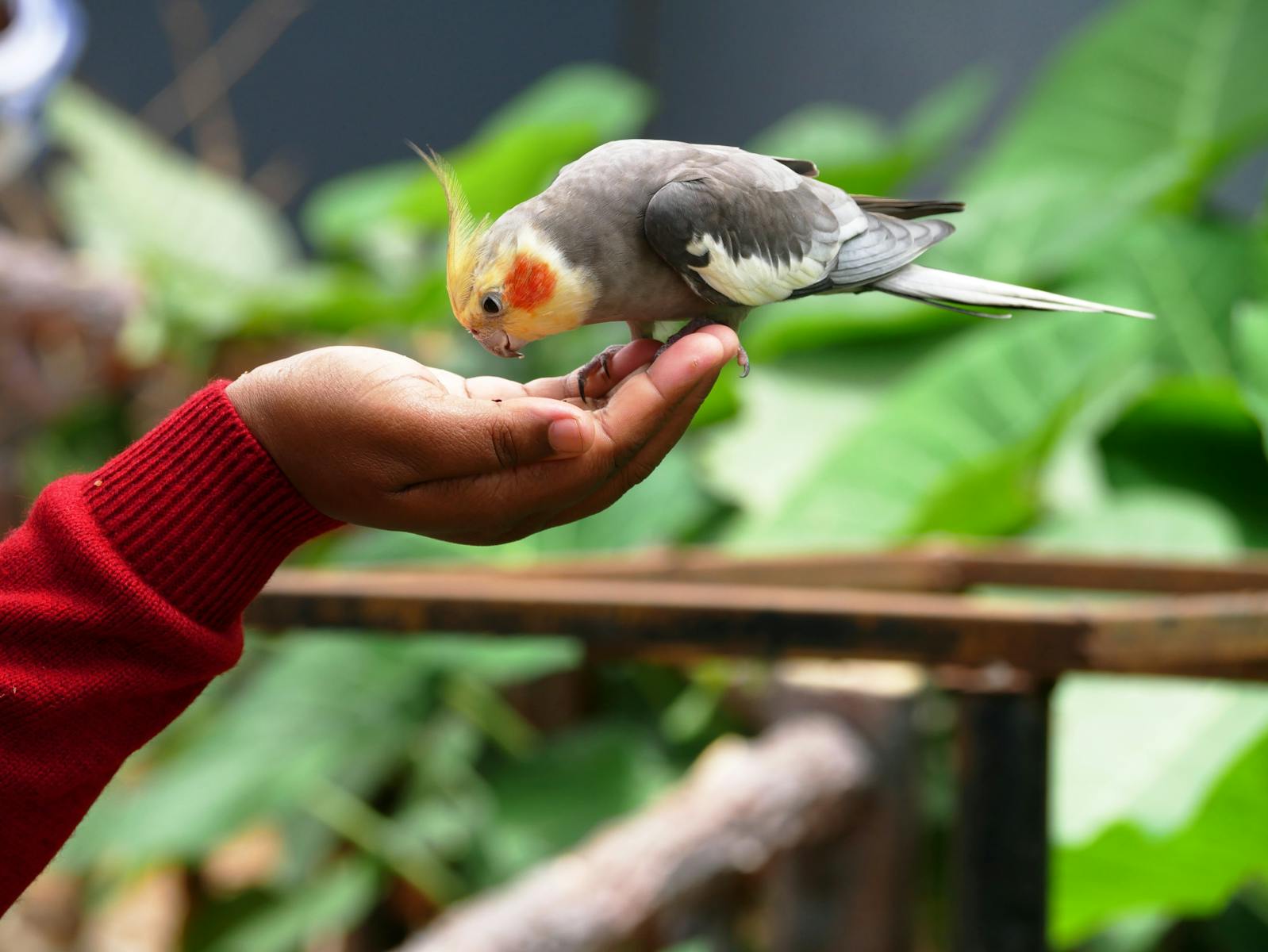
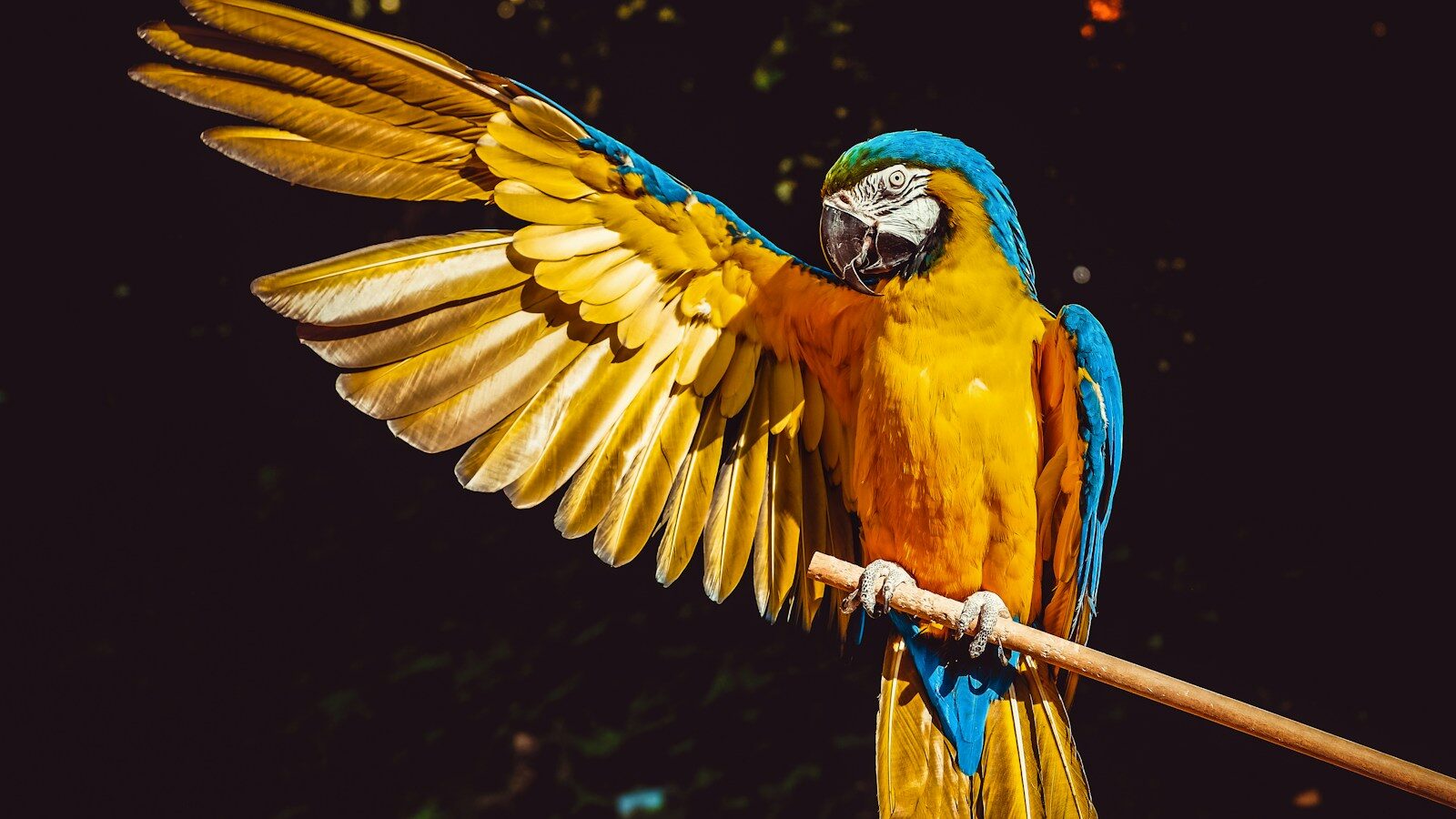




Leave a Reply